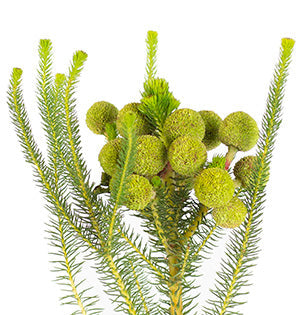
Brunia
A cluster of knobby, green to grayish-brown fruiting heads on a woody stalk above feathery leaves.
Welcome to our Flower Library. In these pages you will find over 134 of the most common florist flowers and foliages used in floral design. We have pictured and detailed the common and botanical names of each flower along with it's seasonal availability and colors. You may search for a flower by name or by image. For each flower we have detailed the care and conditioning methods, storage temperatures, design notes and problems specific to each flower. Also included in these pages are interesting facts about each flower including the country or region of origin, how the flower came to named, and historical notes about the flower.
.jpg?v=0)
Enter your keyword search above, or browse the library below.
There were no search results for the search "". Please try using more general terms to get more results.
Results found for ""
Result pages:

A cluster of knobby, green to grayish-brown fruiting heads on a woody stalk above feathery leaves.
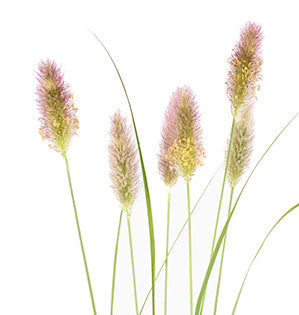
Fluffy, soft seed heads, which resemble tiny bunny tails at the ends of long slender stems. These seed heads appear in late spring to early summer and can last well into fall. They start off green and gradually turn creamy white as they mature.
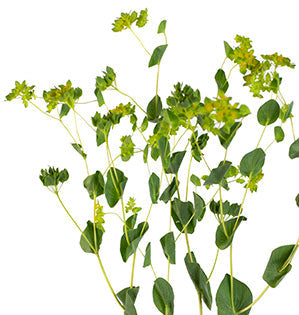

Flowers are born on a spadix at the end of a long, thick, straight stem and surrounded by a distinctively shaped spathe. Full-sized callas have a spathe 3-5 inches long and stems 15-36 inches long. Mini callas have a spathe 1-2 inches long and stems 8-12 inches long.
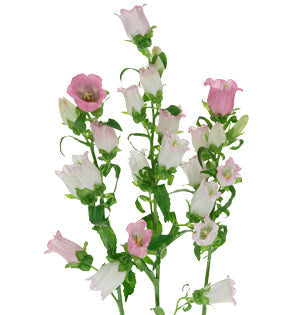
Bell-shaped to funnel-shaped blooms 1-2 inches wide and long, in loose clusters at the ends of long stems.
Small, 4 petaled florets in tight, flat-topped clusters up to 2 inches across at the ends of stems 6 to 12 inches in length.

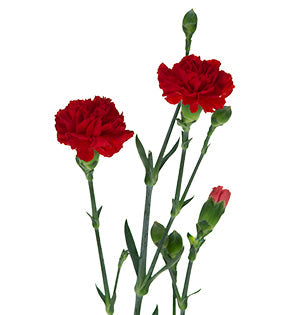
Multi-petaled, double blossoms approximately 1 to 1.5 inches across on sprays of multi-branched stems and many blossoms per spray.
Small, papery flowers densely packed into clusters on branched semi-woody stems, 24-36 inches long.
Exotic shaped flowers 2-5 inches across, with 3 colored sepals, large side petals and a broad, tongue-shaped lip that is frilled or fringed.
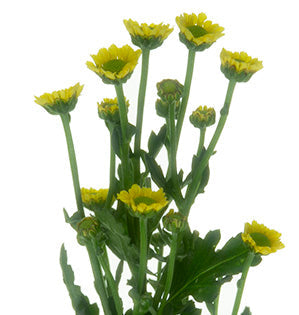
Multiple small blossoms at the end of a fibrous stem. The blossoms consists of an outer circle of ray florets, which look like petals, surrounding a round center of shorter, denser disc florets. The blossoms look like they have a multitude of petals, but each individual petal is actually a small floret. There are wide variety of Chrysanthemum shapes and sizes with over 13 recognized bloom forms.

A single large blossom at the end of a fibrous stem. The blossom consists of an outer circle of ray florets, which look like petals, surrounding a round center of shorter, denser disc florets. The blossoms look like they have a multitude of petals, but each individual petal is actually a small floret. There are wide variety of Chrysanthemum shapes and sizes with over 13 recognized bloom forms. Click Here to see a video demonstration using Chrysanthemums.
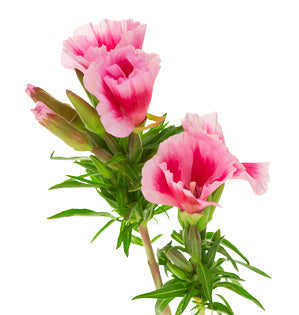
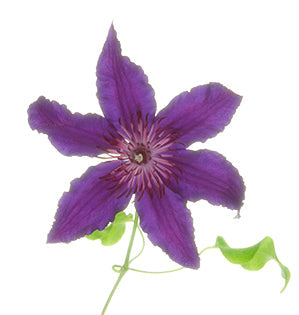
Star-like blossoms with five delicate petals on long woody vining stems. Blossoms are 5 to 8 inches across.
Clematis seedpods often referred to as Eyelash Clematis are as ornamental as the flowers themselves. The seedpods develop as small, rounded clusters, resembling fluffy pom-poms or silky whorls.
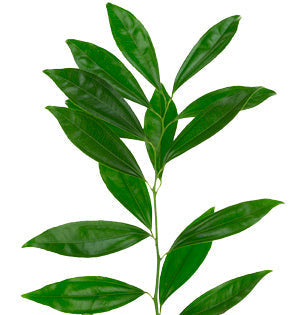
Cocculus foliage features ovate leaves with a smooth margin. The leaves have a soft texture, and the stems are slender and flexible.
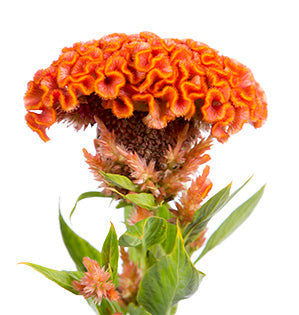
Cockscomb is a very interesting and unusual flower shape, resembling a cockscomb or folds of the brain. The blossom is large and found singly at the end of a heavy stalk.
A heathlike shrub with clusters of tiny blossoms near stem ends. Stems covered in small needle-like leaves.

